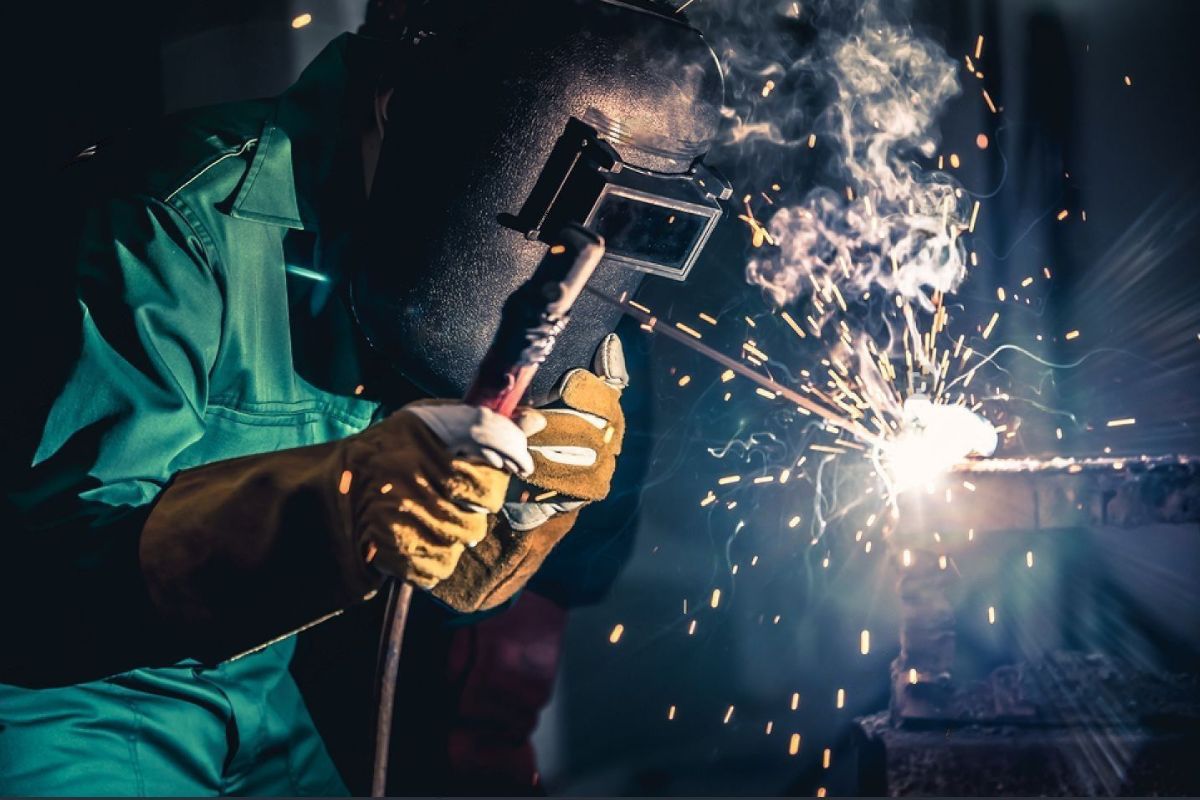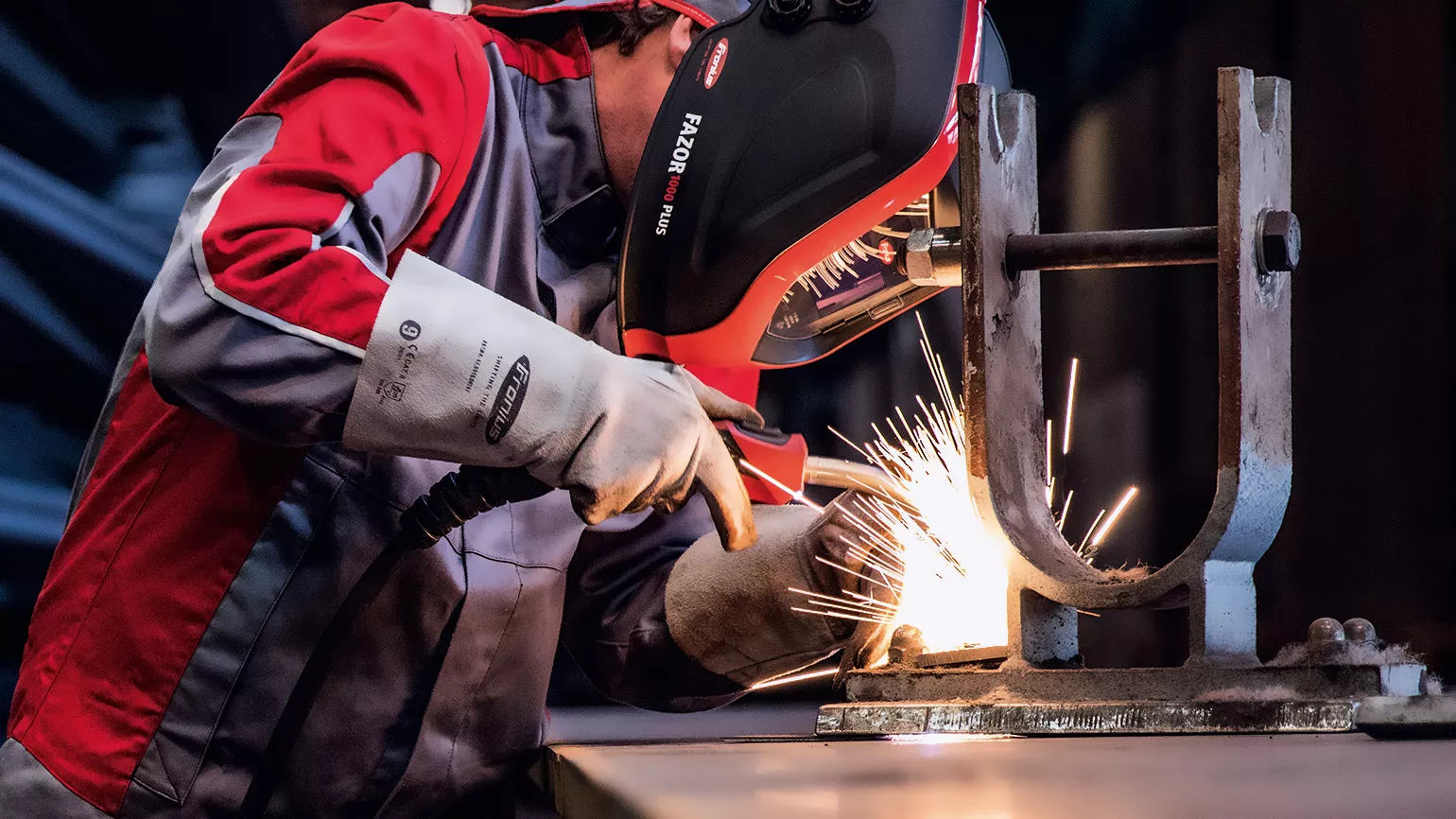Typical Welding Fixing Issues and Exactly How to Address Them Efficiently
Welding repair work commonly run into a variety of concerns that can threaten the integrity of the last item. Typical problems include insufficient penetration, porosity, and misalignment, amongst others. Each defect presents one-of-a-kind obstacles that need details methods for resolution. Comprehending these issues is crucial for welders intending to enhance their skills and results. This discussion will certainly explore these common welding repair concerns and effective approaches to address them.
Insufficient Infiltration
Inadequate penetration takes place when the weld metal falls short to fully fuse with the base product, resulting in weak joints and potential architectural failures. This issue usually originates from not enough heat input, inaccurate electrode angle, or improper welding speed. Welders may run into insufficient infiltration due to a miscalculation of the needed criteria for a certain product density or type. In addition, contamination on the base material's surface can impede reliable bonding, worsening the problem. To deal with insufficient infiltration, welders need to ensure ideal settings on their devices and keep a tidy work surface. Regular assessment of welds is suggested to determine any type of deficiencies early, permitting prompt improvements and the prevention of jeopardized architectural integrity in welded settings up.
Porosity
Porosity is a typical issue in welded joints that shows up as little gas bubbles caught within the weld metal. This defect can compromise the honesty of the weld, causing minimized stamina and potential failure under anxiety. Montana Mobile Welding and Repair Belgrade Fabrication. Porosity commonly arises from contamination, dampness, or improper welding methods, which permit gases to get away into the molten weld swimming pool. To address porosity, welders must guarantee correct surface prep work, keep a tidy working atmosphere, and use appropriate welding specifications. Additionally, picking the best filler material and securing gas can alleviate gas entrapment. Normal evaluation and testing of welds can help identify porosity early, guaranteeing timely corrective activities are taken, therefore maintaining the quality and reliability of the welded structure
Imbalance
Imbalance in welding can arise from numerous elements, consisting of improper arrangement and thermal expansion. Recognizing the source is essential for efficient resolution. Several correction strategies are available to realign parts and ensure structural honesty.
Sources of Imbalance
Welding imbalance commonly originates from a selection of underlying problems that can compromise structural integrity. One main cause is incorrect fit-up of components before welding, which can lead to gaps and unequal surfaces. Variations in thermal development during the welding procedure can likewise lead to distortion, especially if the materials being joined have various coefficients of expansion. Furthermore, insufficient clamping and fixturing might fall short to hold elements securely in place, causing movement during welding. Inadequately kept equipment, including welding devices and devices, might present variances in the weld bead, more contributing to imbalance. Finally, operator mistake, coming from not enough training or experience, can additionally play a considerable function in creating misaligned welds.
Improvement Strategies Available
Dealing with misalignment effectively calls for a combination of rehabilitative techniques tailored to the particular problems handy. One typical approach is using jigs or fixtures to hold elements in the appropriate position during welding, making certain consistent placement. Furthermore, preheating the materials can aid decrease distortion and improve fit-up. For considerable misalignment, mechanical realignment strategies, such as utilizing hydraulic jacks or clamps, can be employed to deal with the position before welding. Post-weld heat treatment may likewise be necessary to eliminate tensions created by imbalance. Mindful examination and modification throughout the arrangement phase can stop imbalance concerns from coming to be significant problems, promoting a smoother welding procedure and improving total structural integrity.
Distortion
Distortion is an usual difficulty in welding that can occur from different aspects, including uneven cooling and heating. Comprehending the reasons for distortion is essential for implementing efficient avoidance methods. Resolving this issue not just enhances architectural stability but also boosts the total quality of the weld.
Causes of Distortion
When subjected to the intense warmth of welding, products usually undertake modifications that can bring about distortion. This sensation largely occurs from thermal growth and tightening throughout the welding process. As the weld area warms up, the product expands; upon air conditioning, it acquires, which can produce interior anxieties. On top of that, irregular heating throughout a workpiece can aggravate these stress and anxieties, leading to warping or flexing. The kind of material also plays a substantial role; steels with differing thermal conductivity and coefficients of expansion might react in different ways, leading to unforeseeable distortions. In addition, bad joint style and insufficient fixturing can add to imbalance throughout welding, increasing the chance of distortion. Understanding these reasons is essential for effective welding repair work and avoidance techniques.
Avoidance Techniques
Effective prevention techniques for distortion during welding emphasis on regulating warmth input and guaranteeing correct joint style. Maintaining a consistent warmth input aids to lessen internet thermal development and contraction, which can bring about distortion. Making use of strategies such as preheating the workpiece can also decrease the temperature gradient, promoting consistent home heating. Additionally, choosing appropriate joint designs, such as T-joints or lap joints, can enhance security and minimize stress and anxiety focus. Implementing proper fixturing to secure the workpieces in position further aids in keeping placement throughout the welding procedure. Staggered welding series can disperse warm a lot more uniformly, protecting against localized distortion. By applying these methods, welders can substantially reduce the possibility of distortion and enhance the overall top quality of their welds.
Fracturing
Breaking is an usual issue experienced in welding repairs, commonly arising from numerous variables such as inappropriate cooling rates, material option, or inadequate joint preparation. The event of splits can greatly compromise the integrity of the weld, leading to prospective failings during procedure. To address this concern, welders should first analyze the source, making sure that products work and suitably picked filler metal for the specific application. Additionally, controlling the cooling price throughout the welding procedure is crucial; fast cooling can cause tension and cause splitting. Appropriate joint design and prep work likewise contribute to decreasing the danger. Carrying out these methods can improve weld high quality and longevity, eventually lowering the possibility of fracturing in ended up weldments.

Insufficient Fusion
A considerable problem in welding repairs is insufficient combination, which occurs when the weld steel does not adequately bond with the base product or previous weld passes - Montana Mobile Welding and Repair Welding. This defect can bring about weaknesses in the joint, potentially endangering the stability of the welded structure. Aspects adding to insufficient blend consist of inadequate warmth input, inappropriate welding technique, and contamination of the surfaces being signed up with. To resolve this problem successfully, welders ought to assure appropriate pre-weld cleansing and surface area prep work, in addition to change their welding specifications to achieve appropriate infiltration and fusion. Regular evaluation during the welding process can also aid determine incomplete fusion early, enabling for timely corrective procedures to enhance the general high quality of the weld
Overheating
While welding fixings can boost architectural honesty, overheating offers a substantial obstacle that can bring about material destruction. Too much warm during welding can change the mechanical buildings of steels, resulting in minimized stamina, enhanced brittleness, and warping. This phenomenon is particularly vital in high-stress applications where architectural integrity is critical. Determining overheating can entail aesthetic examinations for discoloration or distortion, as well as checking temperature level throughout the welding procedure. To reduce the threats related to getting too hot, welders must employ appropriate strategies, such as managing warm input, readjusting traveling speed, and utilizing appropriate filler materials. Furthermore, carrying out pre- and post-weld heat treatments can help restore product residential properties and improve the overall top quality of the repair service, making sure long-lasting efficiency and safety.
Frequently Asked Questions
What Are the Usual Indications of a Welding Problem?

Just How Can I Evaluate My Welds for Top quality?
To evaluate welds for high quality, one can use visual examinations, ultrasonic screening, and radiographic techniques. Each technique guarantees structural stability, determines issues, and confirms adherence to defined criteria, inevitably boosting the why not try this out dependability of the bonded joints.
What Security Preventative Measures Should I Take While Welding?
When welding, one need to focus on safety and security by putting on suitable individual safety devices, making certain correct air flow, protecting flammable products away, keeping a tidy work space, and knowing surroundings to avoid injuries and mishaps.
Can I Fix a Weld Without Redesigning the Entire Joint?
Fixing a weld without remodeling the entire joint is feasible, depending upon the damage (Montana Mobile Welding and Repair Belgrade Welding). Strategies such as grinding, adding filler product, or using a welding procedure can successfully address certain flaws while protecting the surrounding framework
What Equipment Are Important for Effective Welding Repair Works?
Essential tools for efficient welding fixings include a welding maker, wire brush, grinder, protective gear, clamps, and filler materials. Each device plays a vital function in ensuring high quality and safety and security throughout the repair work procedure. Porosity usually emerges from contamination, dampness, or improper welding methods, which enable gases to run away into the molten weld pool. Badly kept equipment, including welding equipments and devices, may introduce incongruities in the weld grain, further adding to misalignment. When subjected to the intense warm of welding, materials frequently undergo modifications that can lead to distortion. Cracking is a typical problem come across in welding repairs, commonly resulting from numerous variables such as incorrect cooling rates, material selection, or inadequate joint preparation. A significant concern in welding fixings is incomplete combination, which occurs when the weld steel does not adequately bond with the base material or previous weld passes.